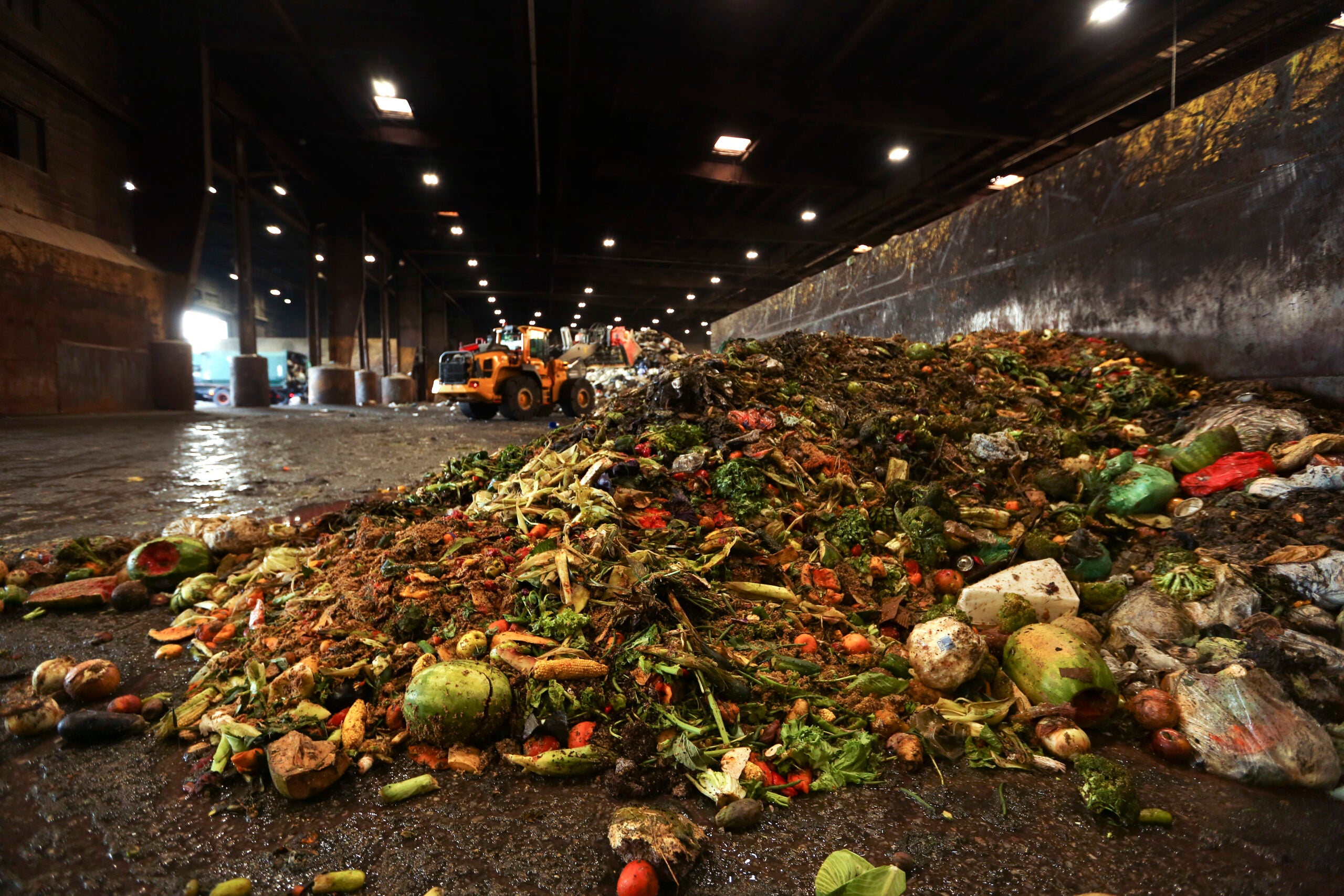A former Wisconsin resident is leading an international effort to save western African waterways from the scourge of out-of-control cat-tail weeds.
The Typha African cat-tail is taking over western African waters, squeezing out the livelihoods of millions of villagers and breeding mosquitoes which spread disease. Former Washburn resident Peter Strzok says the Typha affects 350 million people in an area the size of the mainland U.S., “All the major rivers in that area have been affected by this Typha fast-growing aquatic plant. The most egregious example is Lake Chad, which in 1970 was second only to Lake Victoria and now, because of this weed, it’s one-tenth its size and there are predictions that by 2030 or 2040 it’ll dry up completely.”
Strzok is working with the World Bank, the United Nations and the Natural Resources Research Institute in Duluth to not only contain this threat, but turn it around, allowing villagers to make their own cat-tail charcoal for cooking and heating, without cutting down nearby forests, “This may be game-changing in the way they produce cheap energy in rural areas in many parts of the world.It’ll spark a great interest in, my god, the whole world out there of weeks and grasses are potential candidates for this type of fuel.”
Stay informed on the latest news
Sign up for WPR’s email newsletter.
Strzok will make his first public presentation of using hydrothermic carbonization, extreme heat, at the University of Minnesota-Duluth Wednesday evening.
Wisconsin Public Radio, © Copyright 2024, Board of Regents of the University of Wisconsin System and Wisconsin Educational Communications Board.








